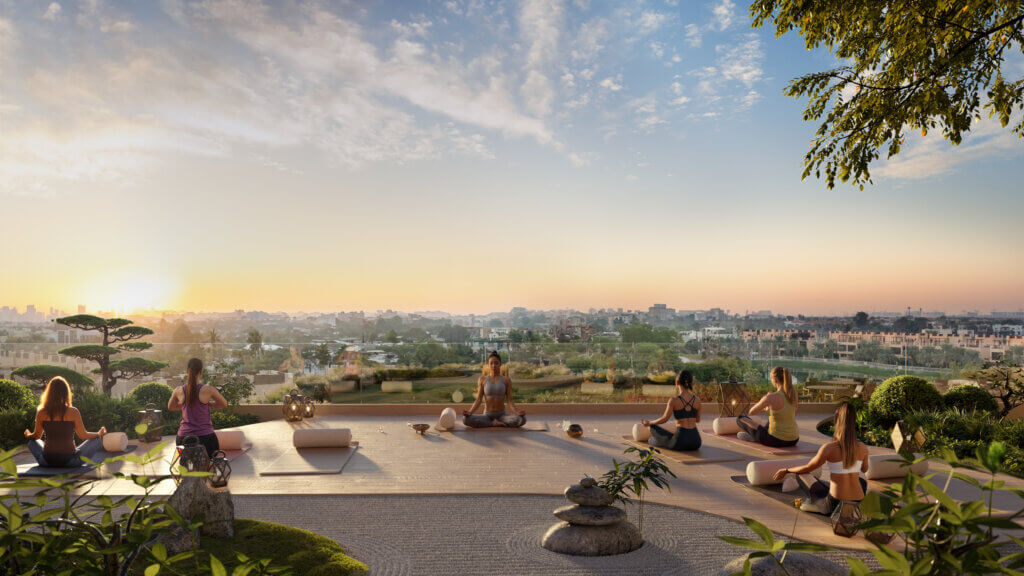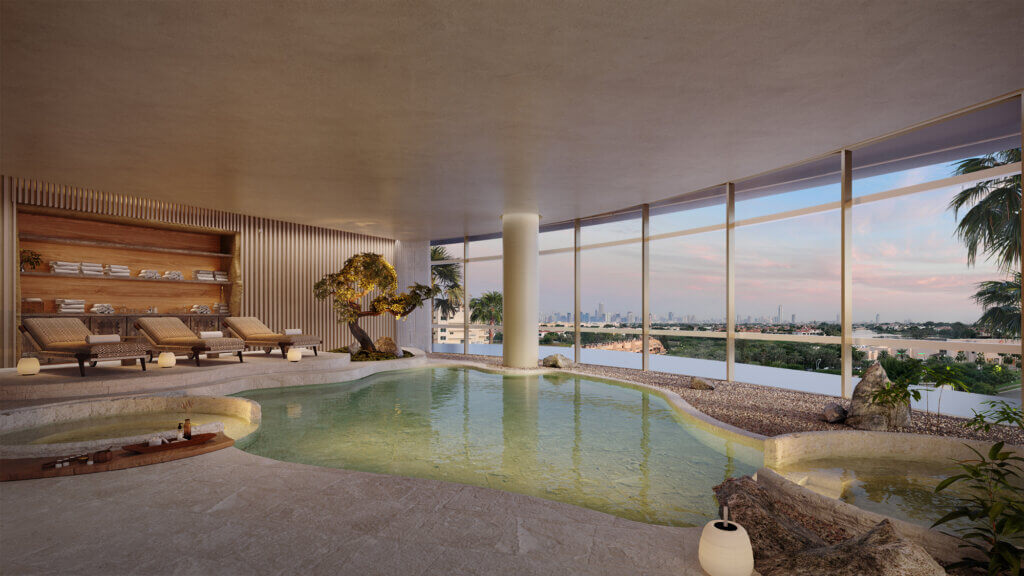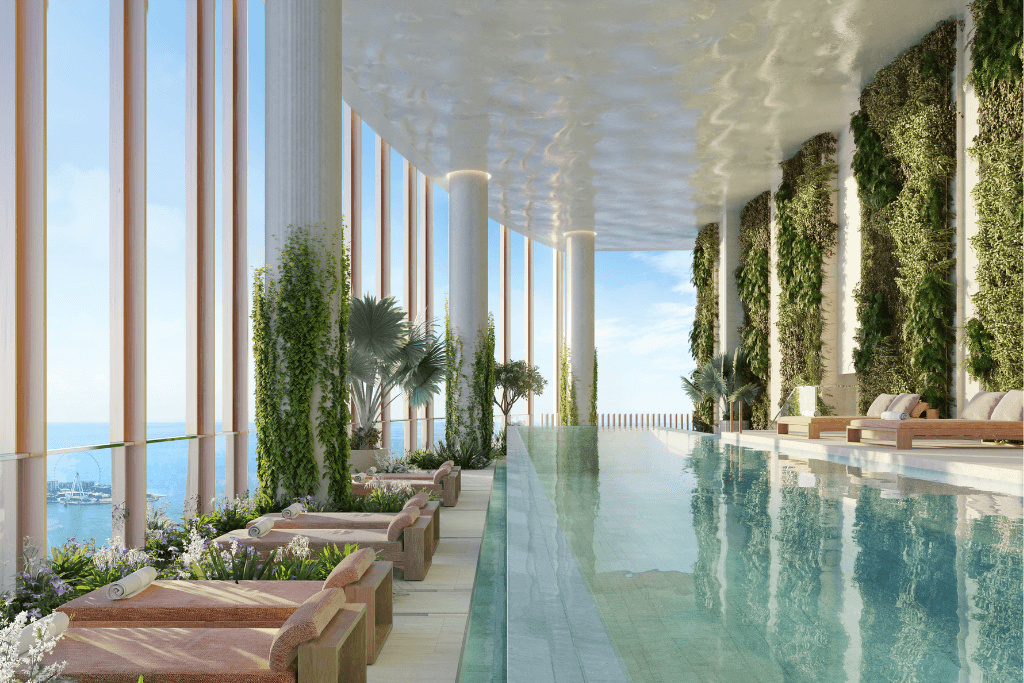Written by: VISUALHOUSE
Photography: VISUALHOUSE
As cities grow denser and faster, the luxury real estate market is shifting its gaze inward, toward the human experience. Wellness-centered architecture is no longer a fringe movement reserved for boutique retreats or eco-resorts. It is emerging as a core principle in urban development, reshaping how we design, market, and inhabit the spaces around us.
At VH, we’ve seen the transition unfold firsthand: developers, architects, and designers are placing well-being at the forefront of their creative briefs–not as a trend, but as a necessary response to a rapidly urbanizing world.

Designing for the Whole Human Experience
Wellness-centered architecture is rooted in the belief that the built environment can actively support human health, physically, mentally, and emotionally. It's an ethos that extends beyond green building certifications or energy efficiency. It’s about spatial flow, natural light, air quality, materials, acoustics, and even emotional resonance.
In our visualization and branding work for next-generation developments, we see wellness expressed in subtle but powerful ways: biophilic design that reconnects residents with nature, layouts that prioritize movement and flexibility, and amenity programming that supports holistic lifestyles—from meditation terraces to hydrotherapy spas.

Smart Meets Serene
Wellness-centered design also includes the invisible: smart technologies that adapt lighting, temperature, and air filtration to individual preferences. In high-end residences, these systems create a customized comfort zone that extends the wellness experience beyond the spa and into everyday life.
We're seeing an increasing number of developers integrate wellness-focused technologies into their brand identities—positioning health and comfort as a form of luxury.
The Commercial Value of Wellness
For developers and marketers, wellness isn't just good design—it’s good business. According to the Global Wellness Institute, wellness real estate is now a $398 billion market and growing rapidly. Buyers and renters alike are willing to invest more in spaces that enhance their quality of life.
Forward-thinking brands are weaving wellness into the core of their developments, from branding strategy to renderings. When VH partners with clients on wellness-focused properties, we highlight these attributes visually and narratively—because buyers aren’t just investing in square footage; they’re investing in how they want to feel.
In a world where more is constantly demanded, wellness offers a quieter, more enduring form of luxury. Wellness-centered architecture isn’t a passing movement—it’s the future of design. For developers, it represents a new value proposition. For residents, it’s a new standard of living.

For new project inquiries, please email [email protected] with your project details. We look forward to hearing from you.
